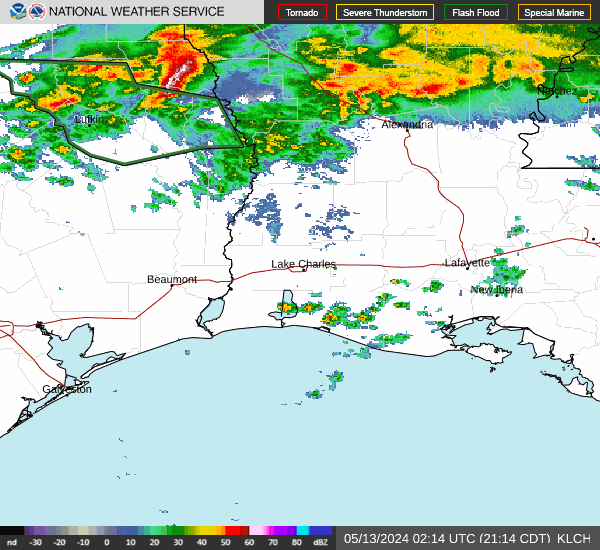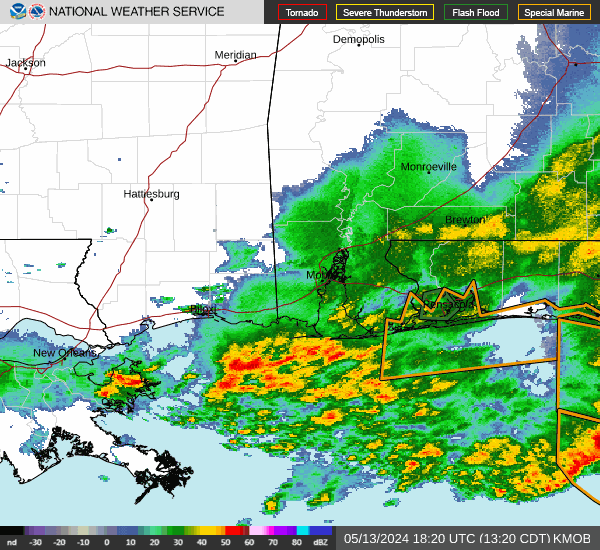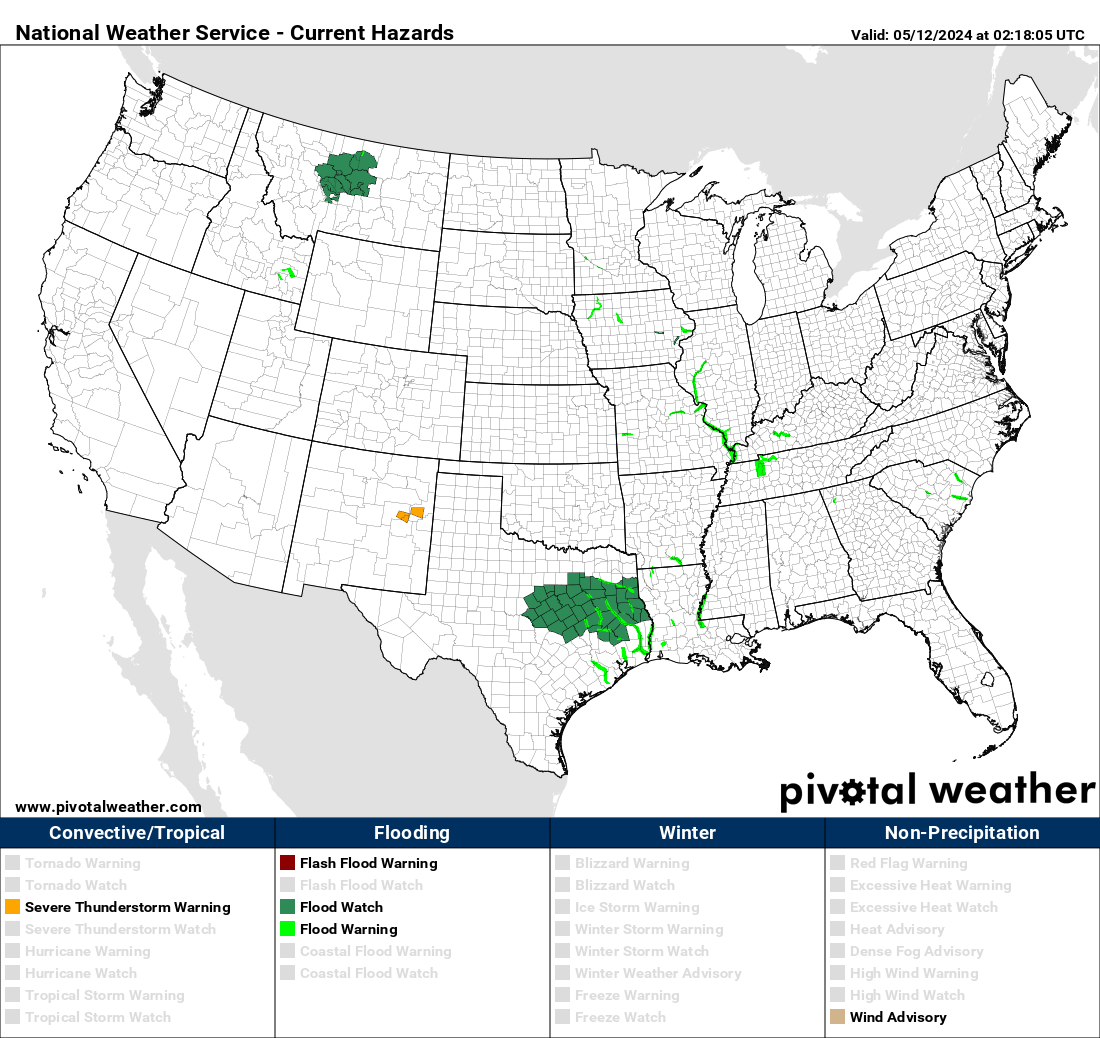Post by SKYSUMMIT on Sept 22, 2020 18:20:31 GMT -6
Even the the WPC is tracking the surface low along the coast LOL

Mesoscale Precipitation Discussion 0783
NWS Weather Prediction Center College Park MD
714 PM EDT Tue Sep 22 2020
Areas affected...Greater Houston Metro and around Galveston Bay
Concerning...Heavy rainfall...Flash flooding likely
Valid 222138Z - 230430Z
Summary...Rain bands spiraling onshore east of the center of T.D.
Beta will continue to redevelop over the greater Houston Metro
Area and to the east of Galveston Bay. This will likely exacerbate
ongoing flash flooding across parts of Houston where 5 to 15" have
fallen in the past 36 hours as well as possibly cause new flash
flooding elsewhere. Rainfall rates of 1.5"/hr should continue
through the evening.
Discussion...The center of Beta is apparent in visible satellite
and 23Z surface obs as just northeast of Matagorda, TX moving ENE.
Along and east of the center, PWs were analyzed by GPS sensors to
be 2.1 to 2.3" east of the storm center along the upper TX coast.
A gradient is noted in SBCAPE from about 2000 J/kg near Beaumont
to about 1500 J/kg over Houston. Onshore low level flow of 20 to
25 kt per Houston area VPSs are supporting a few spiral bands in
greater the Houston area with localized one hour rainfall up to
1.5". A few cells have redeveloped in the immediate Houston urban
area over the past couple hours as they passed over a warm front
over the southern Houston metro which is also where 5 to 15" rain
fell over the past 36 hours with ongoing flooding.
As Beta slowly shifts ENE just inside the coast, the environment
is likely to remain favorable for at least locally heavy rainfall.
Rainfall locally reaching 1.5"/hr and 6hr rainfall locally
exceeding 3" through the rest of the evening is progged by recent
HRRRs and the 18Z 3kmNAM to be over Houston and areas a little
east of Galveston Bay which is in agreement with recent radar
trends and the presence of this warm front. This is likely to
expand or enhance ongoing flash flooding across this region with
the potential for repeating activity in the bands to form new
areas of flash flooding.
Jackson

Mesoscale Precipitation Discussion 0783
NWS Weather Prediction Center College Park MD
714 PM EDT Tue Sep 22 2020
Areas affected...Greater Houston Metro and around Galveston Bay
Concerning...Heavy rainfall...Flash flooding likely
Valid 222138Z - 230430Z
Summary...Rain bands spiraling onshore east of the center of T.D.
Beta will continue to redevelop over the greater Houston Metro
Area and to the east of Galveston Bay. This will likely exacerbate
ongoing flash flooding across parts of Houston where 5 to 15" have
fallen in the past 36 hours as well as possibly cause new flash
flooding elsewhere. Rainfall rates of 1.5"/hr should continue
through the evening.
Discussion...The center of Beta is apparent in visible satellite
and 23Z surface obs as just northeast of Matagorda, TX moving ENE.
Along and east of the center, PWs were analyzed by GPS sensors to
be 2.1 to 2.3" east of the storm center along the upper TX coast.
A gradient is noted in SBCAPE from about 2000 J/kg near Beaumont
to about 1500 J/kg over Houston. Onshore low level flow of 20 to
25 kt per Houston area VPSs are supporting a few spiral bands in
greater the Houston area with localized one hour rainfall up to
1.5". A few cells have redeveloped in the immediate Houston urban
area over the past couple hours as they passed over a warm front
over the southern Houston metro which is also where 5 to 15" rain
fell over the past 36 hours with ongoing flooding.
As Beta slowly shifts ENE just inside the coast, the environment
is likely to remain favorable for at least locally heavy rainfall.
Rainfall locally reaching 1.5"/hr and 6hr rainfall locally
exceeding 3" through the rest of the evening is progged by recent
HRRRs and the 18Z 3kmNAM to be over Houston and areas a little
east of Galveston Bay which is in agreement with recent radar
trends and the presence of this warm front. This is likely to
expand or enhance ongoing flash flooding across this region with
the potential for repeating activity in the bands to form new
areas of flash flooding.
Jackson


















